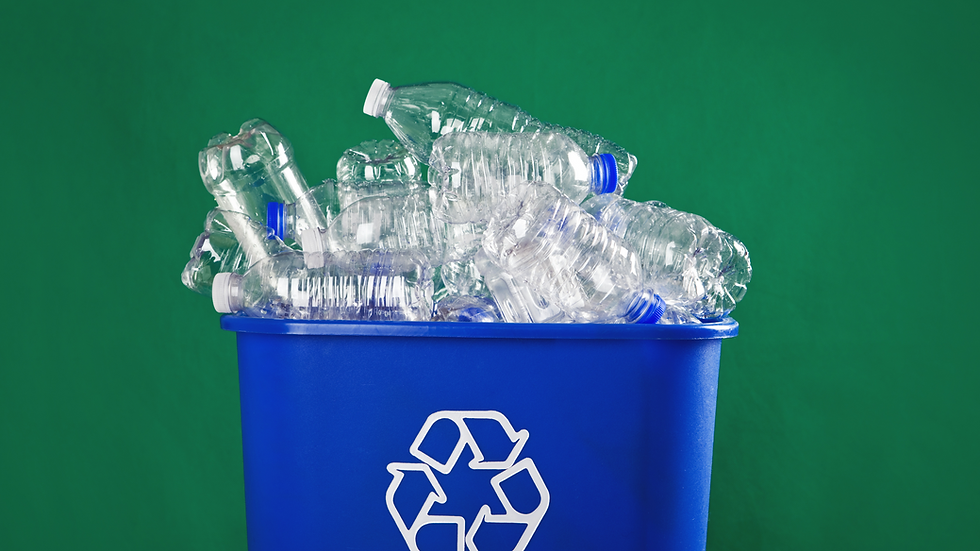Plastic Recycling: The Truth About Those Numbered Symbols
- BVR
- 12 minutes ago
- 2 min read

You’ve probably noticed the small triangle with a number inside on plastic packaging and containers. But do you know what those symbols mean? Many people assume that any plastic with a recycling symbol can go in the recycling bin, but the truth is a bit more complicated. At BVR Waste and Recycling, we want to help clear up the confusion and ensure that our community recycles responsibly.
What Do the Numbers Mean?
The numbers inside the recycling symbol, ranging from 1 to 7, indicate the type of plastic used in a product. Here’s a breakdown of what each number represents and whether it’s typically recyclable:
#1 (PET or PETE – Polyethylene Terephthalate)
Commonly found in water bottles and soda bottles.
Highly recyclable and widely accepted by most curbside programs.
#2 (HDPE – High-Density Polyethylene)
Found in milk jugs, detergent bottles, and shampoo containers.
Also widely recyclable and turned into new containers or plastic lumber.
#3 (PVC – Polyvinyl Chloride)
Used in plastic pipes, shower curtains, and some packaging.
Rarely recyclable due to its chemical composition.
#4 (LDPE – Low-Density Polyethylene)Found in grocery bags, bread bags, and some food wraps.
Not accepted in most curbside programs but can sometimes be recycled at grocery store drop-off locations.
#5 (PP – Polypropylene)
#6 (PS – Polystyrene)
Found in Styrofoam cups, egg cartons, and packing peanuts.
Difficult to recycle and not accepted in most programs.
#7 (Other – Mixed Plastics)
Includes various plastics such as BPA-based materials and bioplastics.
Rarely recyclable and often ends up in the landfill.
The Reality of Plastic Recycling
While many plastics are technically recyclable, not all are accepted by local facilities. Contamination, market demand, and the cost of processing certain plastics all affect whether an item will actually be recycled. That’s why it’s crucial to check with your local recycling provider, like BVR Waste and Recycling, to understand what materials are accepted in your area.
How You Can Make a Difference
Follow local guidelines. Recycling rules vary by location, so check with BVR Waste and Recycling to see what plastics we accept.
Clean your recyclables. Rinse out containers before placing them in the bin to prevent contamination.
Avoid wish-cycling. Tossing non-recyclable plastics into the bin can cause issues at sorting facilities and lead to entire batches being sent to the landfill.
Reduce and reuse. The best way to minimize plastic waste is to use less of it. Whenever possible, opt for reusable bags, bottles, and containers.
Partner with BVR Waste and Recycling
At BVR Waste and Recycling, we’re committed to helping our community recycle smarter. Understanding the truth behind those numbered symbols allows us to make more informed decisions and work towards a more sustainable future. If you have questions about recycling in Brenham and surrounding areas, reach out to us today!



Comments